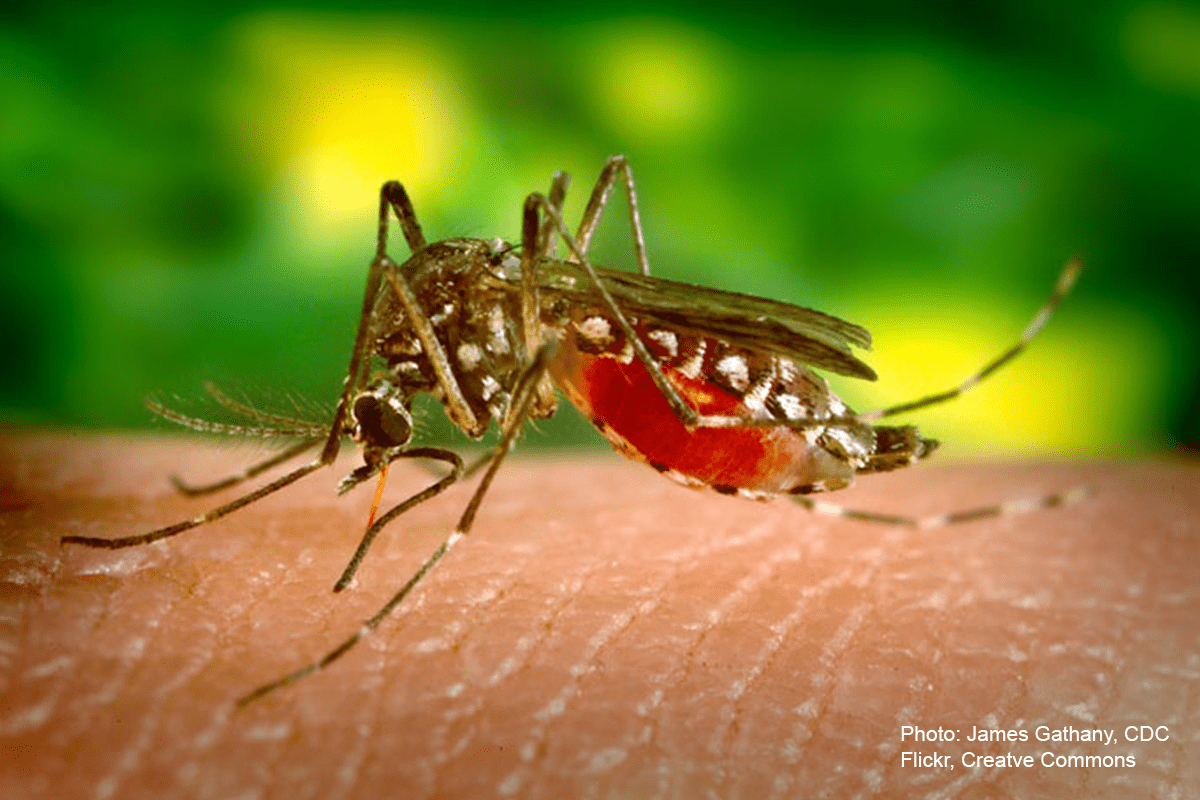Mice Engineered to Fight Zika
By Preeti Singh, Bridget DeSimone, April 12, 2016

As Zika virus rages through Central and South America and hitches a ride with travelers to US shores, CDC officials are warning that the virus is “scarier than we initially thought.” This week, they confirmed that there is enough evidence to definitively say that Zika causes birth defects.
Now, public concern is growing. But until recently there’s been little interest in or research funding available to study the virus.
Within this data vacuum, researchers have been racing to come up with ways to prevent and treat the disease. And they’re making progress—with a little help from mice.
To understand the workings of a disease—and solutions to combat it—without the ethical challenges of experimenting on humans, scientists often turn first to an animal model. But what happens if none yet exist for a particular disease?
Scientists get creative. The University of Texas Medical Branch (UTMB) just released their findings of a new mouse model for Zika infection—the first in a peer-reviewed publication—in a study published online in the American Journal of Tropical Medicine and Hygiene.
“Normally, creating a mouse model like this would take us several months, but the urgency of the situation propelled us into this rapid response, and we were able to put together our results in just three weeks,” said Shannan Rossi, PhD, a UTMB virologist and lead author of the study.
Mice normally can’t get infected with Zika, but the researchers genetically altered the mice to have a weakened immune response to the virus, thus creating a disease model.
Several research institutions and companies have vaccine and drug candidates in the pipeline for testing, but until now, a mouse model—a critical stage in preclinical testing—had not been available. This model breaks open the bottleneck that was delaying screening of drug and vaccine candidates.
“Without this model, we were really stagnant in our efforts to find new treatments,” said Rossi. “This will help get those drug and vaccine candidates moving through the pipeline.”
The work, however, is not done. The scientists noted that while this mouse model is available immediately for testing of antivirals, for understanding human transmission of the disease, work on other animal models will be needed.
One thing experts can all agree on: the current Zika epidemic reveals our Achilles heel and the need for more sustained investments in global health research. Before Zika, we were surprised by West Nile virus, then dengue and chikungunya. Mosquitoes and the nearly 500 diseases they carry don’t respect borders. It is only a matter of time before another comes our way.
